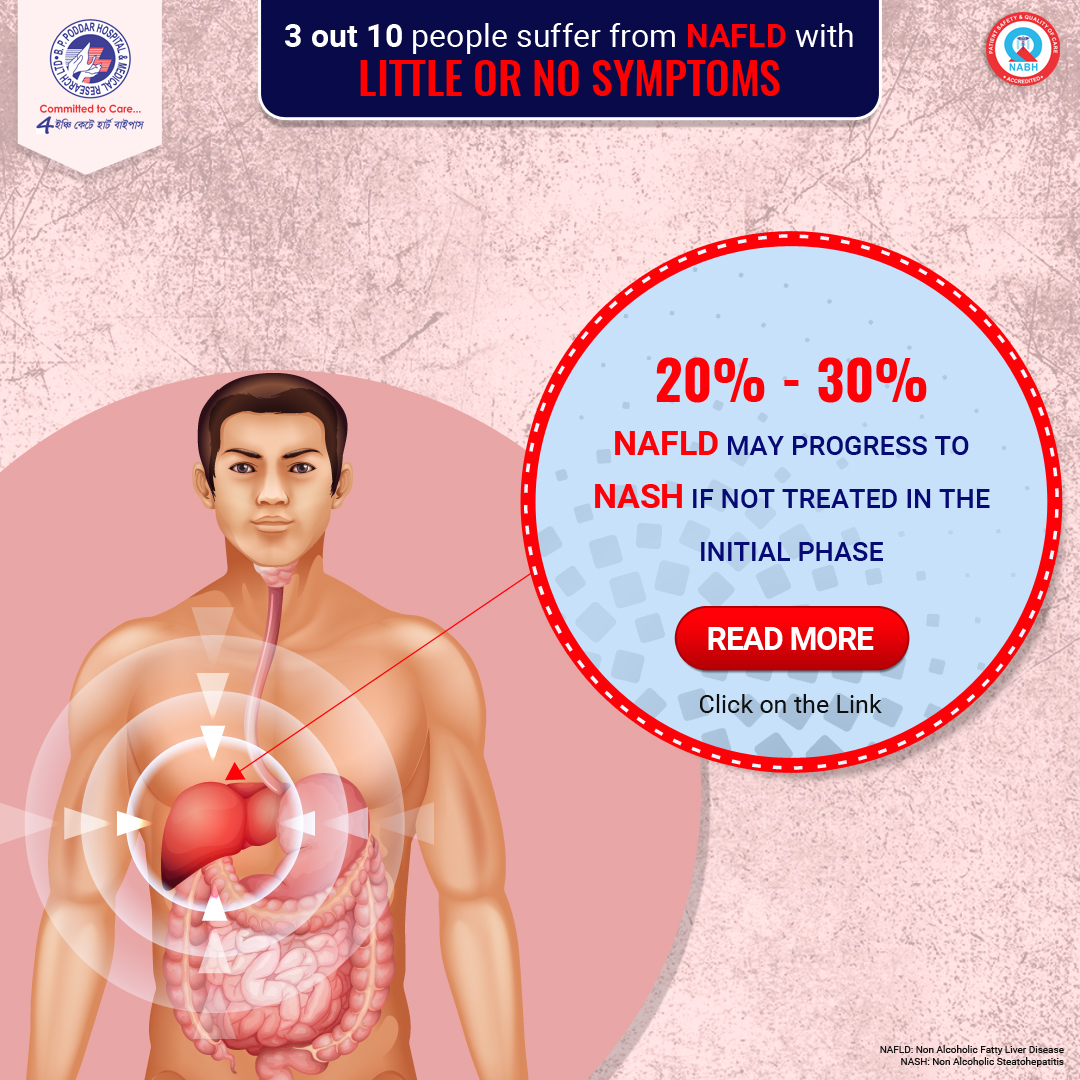
What is NAFLD?
Nonalcoholic fatty liver disease (NAFLD) is the most common type of chronic liver disease, affecting up to 25% of the general population and becoming a major health concern in both adults and children. NAFLD encompasses the entire spectrum of fatty liver disease in individuals without significant alcohol consumption, ranging from nonalcoholic fatty liver (NAFL) to nonalcoholic steatohepatitis (NASH) and cirrhosis. NASH is a manifestation of the metabolic syndrome and hepatic disorders with the presence of steatosis, hepatocyte injury (ballooning), inflammation, and, in some patients, progressive fibrosis leading to cirrhosis. The pathogenesis of NASH is a complex process and implicates cell interactions between liver parenchymal and nonparenchymal cells as well as crosstalk between various immune cell populations in liver. Lipotoxicity appears to be the central driver of hepatic cellular injury via oxidative stress and endoplasmic reticulum (ER) stress. This review focuses on the contributions of hepatocytes and nonparenchymal cells to NASH, assessing their potential applications to the development of novel therapeutic agents. Currently, there are limited pharmacological treatments for NASH; therefore, an increased understanding of NASH pathogenesis is pertinent to improve disease interventions in the future.
Pathogenesis of NAFLD
The pathogenesis of NASH is not yet entirely understood and the mechanism leading to NASH appears multifactorial. A recent retrospective restudy using liver biopsies from patients with NAFL or NASH suggests that rather than being distinct entities NAFL and NASH represent different stages in the progression of NAFLD. Hepatocyte damage is an important factor that drives NAFLD progression. In the initial phase, hepatocyte damage triggers the release of damage-associated molecular pattern molecules (DAMPs) into the microenvironment, which stimulates macrophage activation. This process is influenced by both direct metabolic effects in the liver, such as excessive oxidative stress driven by lipotoxic metabolites, as well as indirect effects coming from the other tissues such as inflammatory initiators released by adipose tissue, the intestine, and the immune system. As a result of these complicated effects, there have been multiple hypotheses describing the pathogenesis of NASH, such as the “two hits,†“three hits,†and “multiple hits†hypotheses.
What is NASH?
Nonalcoholic steatohepatitis (NASH) is liver inflammation and damage caused by a buildup of fat in the liver. It is part of a group of conditions called nonalcoholic fatty liver disease. You may be told you have a "fatty liver." Many people have a buildup of fat in the liver, and for most people it causes no symptoms and no problems. But in some people, the fat causes inflammation and damages cells in the liver. Because of the damage, the liver doesn't work as well as it should.
NASH can get worse and cause scarring of the liver, which leads to cirrhosis. But the disease doesn't always get worse.
NASH is similar to the kind of liver disease that is caused by long-term, heavy drinking. But NASH occurs in people who don't abuse alcohol.